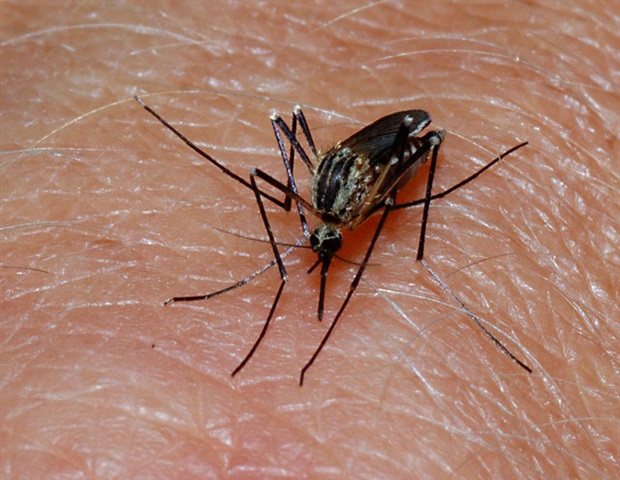A new malaria study using a very large analysis of pooled individual patient data (IPD) from more than 70,000 patients of all ages, has been published today in BMC Medicine. Artemisinin-based combination therapy is the first-line antimalarial treatment for uncomplicated falciparum malaria in most endemic countries but can suppress the bone marrow response and also contribute to hemolysis.
This individual patient data pooled analysis quantifies the underlying hematological response following P. falciparum infection to better understand the comparative benefits and risks of different antimalarial treatments. The paper, Haematological consequences of acute uncomplicated falciparum malaria: a WorldWide Antimalarial Resistance Network pooled analysis of individual patient data, involved data from 70,226 patients, from 200 studies conducted between 1991 and 2013, with 72.4% enrolled in Africa, 26.3% in Asia and 1.3% in South America.
The paper determined the main factors associated with hematological fall and recovery following uncomplicated malaria and its treatment. The study highlights patients at greatest risk of severe anemia who would warrant closer follow up and also whether some treatment regimens offer advantages over others with regard to fast recovery and prevention of anemia.
WWARN researchers highlighted five main findings:
- A hemoglobin of <7 g/dL is present in 8.4% of people from Africa, 3.3% of people from Asia-Pacific and 0.1% of people from South America
- The majority of patients with uncomplicated falciparum malaria have a modest fall in hemoglobin following treatment before subsequently improving with recovery
- Young children are at a particularly high risk of developing malarial anemia
- The risk of anemia during recovery is exacerbated with a slower parasite clearance
- In Asia, people treated with an artemisinin-based regimen are at a greater risk of anemia during recovery compared with those treated with a non-artemisinin-based regimen.
Dr Rob Commons, Postdoctoral Researcher in WWARN's Asia-Pacific Regional Centre – Australia and one of the authors, said: "The finding that artemisinin-based treatment was potentially associated with increased anemia in Asia is important for both clinicians and policymakers and requires more investigation. In our next study we plan to investigate whether different artemisinin derivatives and doses are associated with differing degrees of anemia."
Senior author Dr Kasia Stepniewska, Head of Statistics at WWARN, said: "Our analysis is the largest meta-analysis to date of patients treated for malaria in both Africa and Asia. This unprecedented data collection ensures robust parameter estimates and minimizes the risk of inclusion bias.
We are grateful to everyone who contributed their data to enable this important research. By aggregating and standardizing global data we can maximize the use of available data, increase the statistical power of analyses and optimize the efficiency of research to better inform treatments for malaria."
Dr Kasia Stepniewska, Senior Author, Head of Statistics at WWARN
In the field of poverty-related infectious diseases, data are scarce and scattered across institutions around the world. Over the last decade, WWARN has been collating and standardizing anonymized individual patient data (IPD) from many trials and studies conducted across the endemic regions so that they can then be harmonized and analyzed as a single dataset, increasing the statistical power needed to answer key questions in malaria research. This IPD meta-analysis was the largest WWARN and its collaborators had ever undertaken and it has enabled researchers to provide more precise estimates for people who were more at risk of anemia during recovery from antimalarial treatment.
Malaria remains a major cause of anemia in malaria-endemic countries, compounded by malnutrition, helminth carriage and a range of blood disorders. This study analyzed data from patients with malaria to explore how their hemoglobin changes following treatment of falciparum malaria to identify patients at risk of anemia at presentation and during follow up and better understand the comparative benefits and risks of different antimalarial treatments.
Infectious Diseases Data Observatory
The WorldWide Antimalarial Resistance Network Falciparum Haematology Study Group., (2022) Haematological consequences of acute uncomplicated falciparum malaria: a WorldWide Antimalarial Resistance Network pooled analysis of individual patient data. BMC Medicine. doi.org/10.1186/s12916-022-02265-9.
Posted in: Medical Research News | Disease/Infection News
Tags: Artemisinin, Blood, Bone, Bone Marrow, Children, Drugs, Efficacy, in vitro, Infectious Diseases, Malaria, Malnutrition, Medicine, Poverty, Pregnancy, Research
Source: Read Full Article
